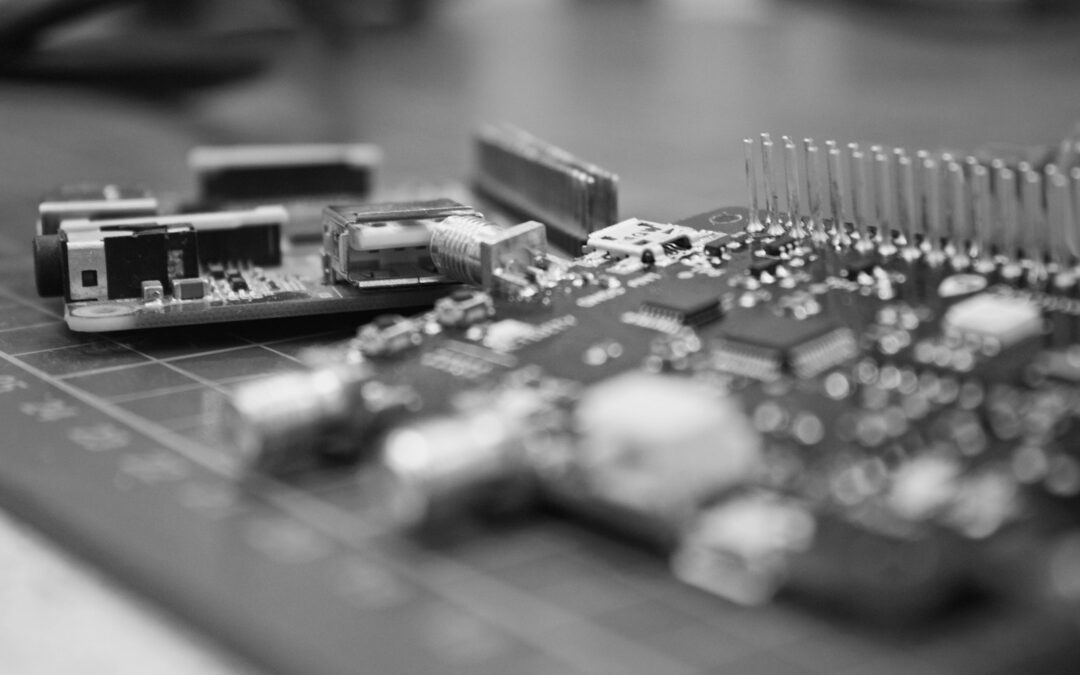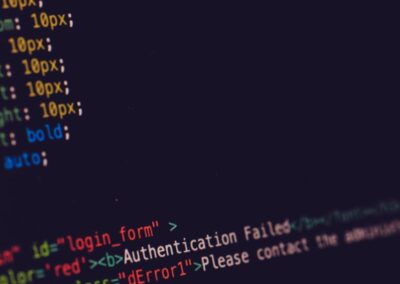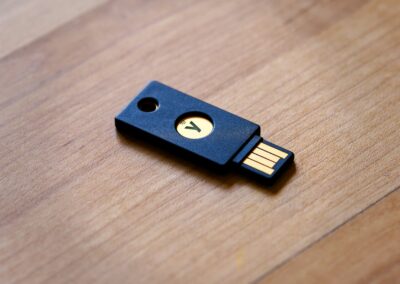Understanding and Preventing IoT Vulnerabilities
The Impact of a Vulnerability in an IoT-Enabled Fish Tank
Discover how a vulnerability in an IoT-enabled fish tank led to a significant data breach and learn essential strategies for securing IoT ecosystems. This article offers valuable insights and best practices for business executives in Riyadh, Dubai, and beyond to protect their networks from cyber threats and ensure business success.
In the interconnected world of IoT, the security of seemingly harmless devices can have significant repercussions. A striking example is the data breach caused by the exploitation of a vulnerability in an IoT-enabled fish tank at a casino. This incident underscores the critical importance of securing IoT ecosystems from vulnerabilities. For business executives in Riyadh and Dubai, where technological advancements are rapidly integrated into business operations, understanding the implications of such vulnerabilities is crucial.
The fish tank, equipped with sensors to monitor water quality and temperature, was connected to the casino’s network. Cybercriminals exploited a vulnerability in the tank’s IoT system to gain access to the broader network. Once inside, they were able to extract sensitive data, highlighting the risks associated with unsecured IoT devices. In Saudi Arabia’s burgeoning smart cities, where IoT devices manage everything from traffic lights to public utilities, similar vulnerabilities could compromise critical infrastructure.
This breach illustrates how even minor IoT devices can become entry points for cyberattacks. In Dubai’s advanced retail and hospitality sectors, for instance, unsecured IoT devices could expose customer data, disrupt operations, and damage the organization’s reputation. For mid-level managers and project management professionals, recognizing these risks and implementing robust security measures is essential for protecting their IoT ecosystems and ensuring business success.
Key Lessons Learned from the IoT-Enabled Fish Tank Breach
The fish tank breach offers several valuable lessons for securing IoT ecosystems from vulnerabilities. One of the primary takeaways is the importance of thorough vulnerability assessments. Organizations must regularly evaluate their IoT devices for potential security weaknesses. This involves conducting penetration tests, reviewing firmware for vulnerabilities, and ensuring that security patches are applied promptly. For businesses in Riyadh and Dubai, such proactive measures can prevent cybercriminals from exploiting vulnerabilities and gaining unauthorized access to critical systems.
Another critical lesson is the need for network segmentation. By isolating IoT devices from the main corporate network, organizations can contain potential breaches and limit the damage. In the context of Saudi Arabia’s smart city initiatives, network segmentation can protect essential services from being compromised by vulnerabilities in non-critical IoT devices. Similarly, in Dubai’s tech-driven sectors, isolating IoT networks can safeguard customer data and maintain operational continuity.
Implementing strong authentication and encryption protocols is also crucial. The fish tank breach could have been prevented if robust security measures had been in place. Ensuring that IoT devices use secure communication channels and require strong, unique credentials for access can significantly enhance security. For business leaders, investing in advanced security technologies and fostering a culture of cybersecurity awareness within their organizations is vital for protecting their IoT ecosystems.
Best Practices for Securing IoT Ecosystems
To effectively secure IoT ecosystems from vulnerabilities, organizations must adopt best practices that address the unique challenges of IoT security. For executives in Riyadh and Dubai, developing a comprehensive IoT security strategy is essential for safeguarding their networks and ensuring business resilience.
One of the best practices is to implement a centralized IoT management platform. Such platforms provide visibility into all connected devices, allowing organizations to monitor their status, apply updates, and enforce security policies consistently. This centralized approach can streamline IoT security management and reduce the risk of vulnerabilities being overlooked. In the context of executive coaching services, leaders should be encouraged to adopt centralized management solutions to enhance their IoT security posture.
Another best practice is to establish clear security policies and procedures for IoT devices. This includes defining standards for device procurement, configuration, and maintenance. Organizations should ensure that all IoT devices meet minimum security requirements before being connected to the network. For mid-level managers and project management professionals, enforcing these policies is critical for maintaining a secure IoT environment and preventing unauthorized access.
Regular training and awareness programs are also fundamental to IoT security. Educating employees about the risks associated with IoT devices and best practices for securing them can significantly reduce the likelihood of human error leading to security breaches. This training should cover topics such as recognizing phishing attempts, secure password management, and the importance of regular updates. By fostering a culture of security awareness, businesses in Saudi Arabia and the UAE can strengthen their defenses against potential IoT vulnerabilities.
Conclusion
In conclusion, securing IoT ecosystems from vulnerabilities is a critical aspect of modern business operations. The fish tank breach serves as a stark reminder of the risks posed by unsecured IoT devices. For leaders and managers in Riyadh and Dubai, implementing robust security measures, conducting regular vulnerability assessments, and fostering a culture of cybersecurity awareness are essential for protecting their IoT networks. By adopting best practices such as network segmentation, strong authentication protocols, and centralized management platforms, organizations can mitigate the risks associated with IoT vulnerabilities and achieve long-term business success in the competitive landscapes of Saudi Arabia and the UAE.
—
#IoT, #IoTsecurity, #databreach, #cybersecurity, #businesssuccess, #moderntechnology, #AI, #blockchain, #metaverse, #SaudiArabia, #UAE, #Riyadh, #Dubai, #executivecoaching, #leadership, #projectmanagement































